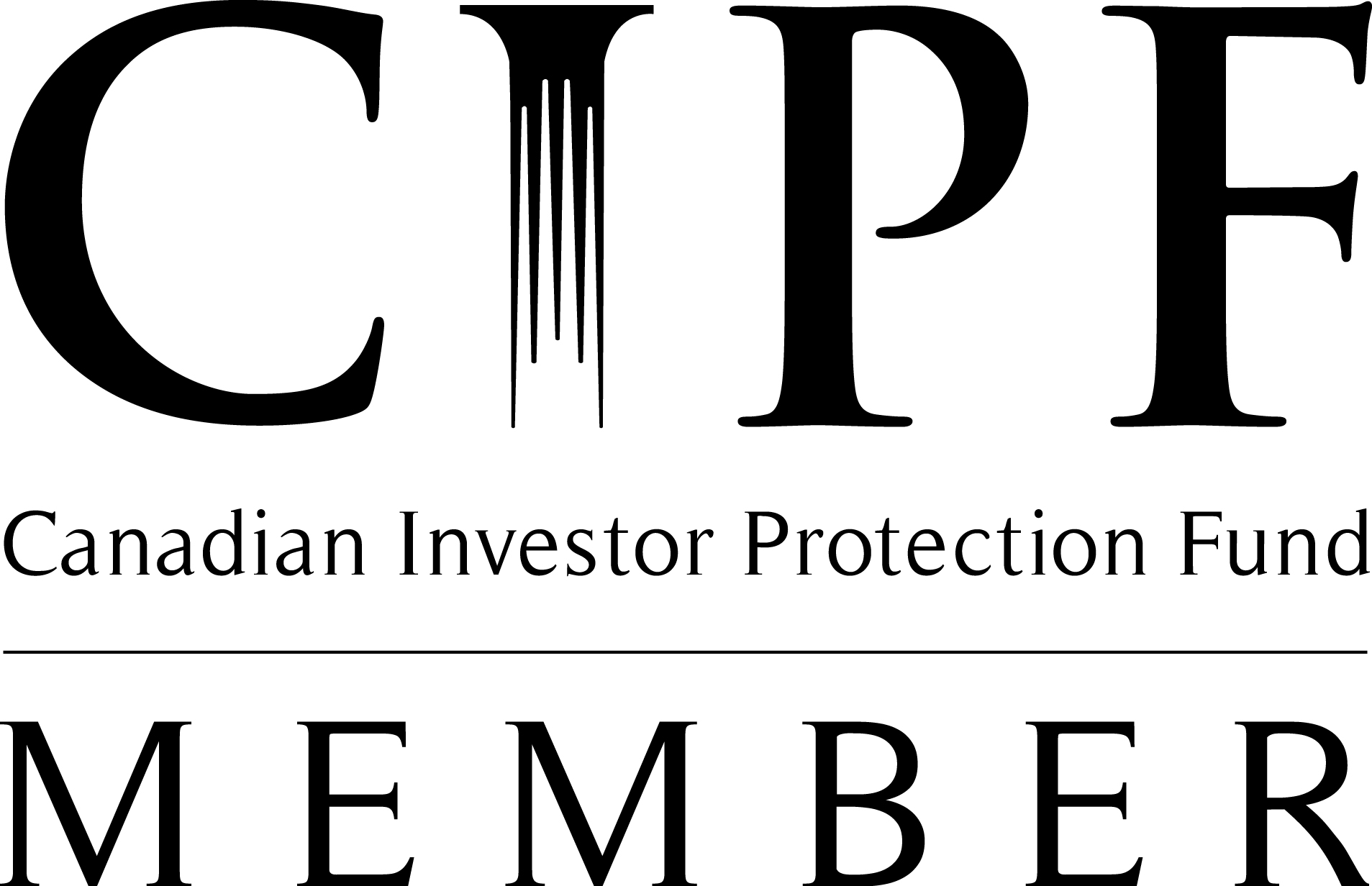The Cost of What You Can’t See: Why DIY Financial Planning Has Limits
We all have blind spots.
That’s not a flaw—it’s just reality.
The tricky part is, by definition, you can’t see them yourself.
A recent client brought this into focus for me.
They’re a chiropractor. Smart. Successful. Running a solid practice.
They’d managed their own investments for years.
They were proud of what they’d built—and they should be.
They kept fees low.
They invested consistently.
They followed the advice you’d find on most personal finance blogs.
And it worked—for a while.
But once we looked deeper, a few things stood out.
Where the Plan Broke Down
The first issue was their portfolio.
They had built it using advice from a family member—someone they trusted. But that person was in their late 60s and already retired.
So the portfolio was heavily tilted toward fixed income.
It made sense for someone looking to preserve capital.
It didn’t make sense for someone still in their peak earning years, with decades to invest.
That fixed-income tilt was dragging down potential long-term returns.
A few percentage points each year might not seem like much.
But over 20 or 30 years, the opportunity cost was huge.
And that was only the beginning.
They were also missing several tax planning strategies—things that could have made a real difference in both the short term and long run.
Their corporation was holding too much cash.
They hadn’t structured their income to balance personal goals with tax efficiency.
They hadn’t built a plan for how to invest corporately or draw funds in retirement.
Each missed opportunity added up.
What DIY Doesn’t Catch
If you're managing your finances yourself, you’re likely doing your best with the tools you have.
You're reading articles, watching videos, maybe talking to people you trust.
But that approach has limits.
Here’s what often gets missed in DIY planning:
- Portfolio strategy that matches your time horizon and risk tolerance
Investing like someone near retirement when you’re in growth mode doesn’t add up. - Tax planning that actually moves the needle
This includes corporate structuring, income planning, tax-efficient investing, and more. - Integrated business and personal strategy
Your practice and your life are financially connected. Most DIY plans treat them separately. - Stress testing your plan
What happens if income drops? If you want to scale back? If interest rates stay high? - Consistent review and adjustment
Financial planning isn’t a one-time task. Your goals, income, and needs shift over time.
Even if you get the big stuff mostly right, these smaller gaps can lead to much larger costs down the road.
The Real Cost of DIY
Let’s be clear—DIY isn’t wrong.
It’s just not free.
Here’s what it often costs:
- Time
Researching, maintaining, and second-guessing your plan takes hours. Time that could be spent with your family or in your practice. - Energy
Mental load matters. Managing uncertainty, market changes, and strategy on your own drains focus from the work only you can do. - Missed opportunities
A few percentage points of lost return. Unused tax strategies. Suboptimal income plans. All of these compound over time. - Confidence
Without a second set of eyes, it’s hard to know if you’re truly on the right track—or just hoping you are.
What the Best Chiropractors Do
The most successful chiropractors I work with share a common trait:
They know what they’re great at—and they stay focused on it.
They don’t try to do everything themselves.
They build a team they trust.
That includes bookkeepers, accountants, and—yes—financial planners.
Not because they can’t do it.
But because they’ve realized that doing it all isn’t the best use of their time or headspace.
They know their blind spots probably aren’t obvious.
And they’d rather have someone help them spot issues before they become problems.
Questions Worth Asking
If you’re currently handling your own finances, ask yourself:
- Does my investment strategy reflect my goals, not someone else’s?
- Am I taking advantage of every available tax strategy?
- Have I reviewed my plan in the last 12 months?
- Do I feel confident, or just hopeful, about my financial direction?
- If something happened to me, would my family know what to do?
If those questions feel hard to answer, that’s okay.
The point isn’t to create fear—it’s to create clarity.
You might be on the right track.
But wouldn’t you rather know for sure?
What to Do Next
You don’t need a 50-page binder.
You need a plan that adjusts as your life and goals change.
And you need someone who understands your world—how your practice and personal finances connect, what keeps you up at night, and what will give you peace of mind.
That’s what we do.
If you’re ready to build a plan that grows with you, without doing all the heavy lifting yourself, we’re here to help.





